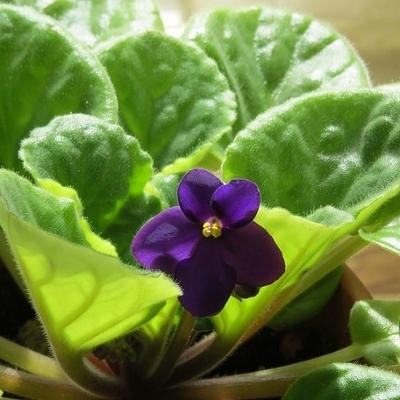 As decorators we love to see living plants adding beauty and a sense of nature in our homes. But as parents, do you know which plants are safe to be added to your décor or even the plants you encounter outdoors?
As decorators we love to see living plants adding beauty and a sense of nature in our homes. But as parents, do you know which plants are safe to be added to your décor or even the plants you encounter outdoors?
Whether the plants are in your home, yard, or at the park, some species are dangerous to humans. Poison ivy can cause a rash. Roses and cactus have thorns. And, some plants contain poison in the leaves, seeds, or flowers. A few common ones are English ivy, oleander, chinaberry, and lantana. Curious babies and toddlers often are lured to plants and this can cause serious problems if you don’t know which are safe and others to avoid. Here are a few plant safety tips to keep your babies and toddlers from harm.
- Know the name of every plant you have inside and around your property. Find out if any are poisonous. You many need to check with a landscaper or research botany picture books at the library or online.
- If you decorate with houseplants, it’s best to put them where children can’t reach the pots. And, if you are a gardener, keep seeds and bulbs hidden and away from curious children who may try to ingest them.
- During the holidays and winter months, many people love to use plants as decorations or send them as gifts. Did you know that mistletoe, holly, and poinsettia are poisonous? Not only to people but to pets as well.
- It’s not a good idea to eat wild plants, especially mushrooms.
- Do not make wreaths or garlands from unknown plants.
- Learn to identify poison ivy and poison oak. When taking walks with your child don’t ever touch the leaves, stems, or roots.
I know you want to teach your youngster about nature and you should, but encourage babies and toddlers to only smell the flowers. Supervise them carefully so they don’t put any part of a plant in the mouths or let the plant sap get into their eyes or nose.
10 Safe Plants to Have Around Children
If you want to bring some nature indoors, these plants are your best bet for safety. Just remember that any plant could cause a reaction with some people. And be sure that children do not mouth or chew on them. Teach children to admire the beauty, but do not touch them.
- African violet
- Boston fern
- Christmas cactus
- Dracaena
- Easter lily
- Jade plant
- Peperomia
- Petunia
- Spider plant
- Zinnia
What If My Child Gets Into a Poisonous Plant?
Remember that not all plants are lethal; they may cause a rash or a gastrointestinal upset. Nevertheless, wash your child’s hands, arms or mouths with water. Give your child sips of water and ask them to spit it out or use a bulb syringe. Keep the national emergency hotline of the American Association of Poison Control handy at 800-222-1222. If you child is showing any symptoms of ill effects, immediately call your doctor or take the child to the emergency room of your nearest hospital.










